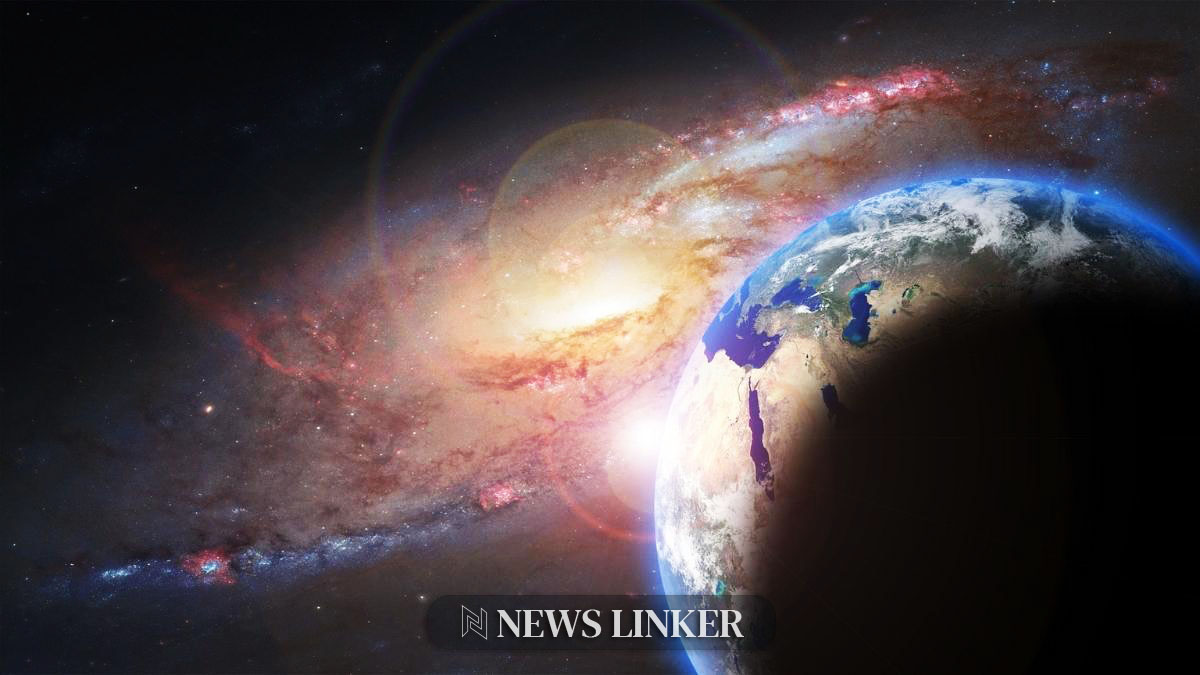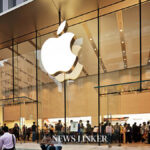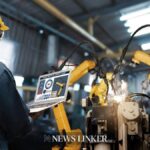The Hubble Space Telescope has captured an image of IRAS 16562-3959, a star-forming region within our own Milky Way galaxy. Located approximately 5,900 light-years away in the constellation Scorpius, this area is a hive of stellar birth and activity.
Technicolor Clues from Hubble’s Advanced Camera
Hubble’s Wide Field Camera 3 documented the scene, with a palette of colors brought forth by four distinct filters. These filters, acting as precise light wavelength selectors, provide insights into the region’s composition, temperature, and density. Gleaning such data is crucial for understanding the processes at play in this bustling stellar nursery.
A Glimpse into Stellar Genesis
At the heart of the nebula, a protostar approximately 30 times the mass of the Sun is emerging. The darkness of the surrounding clouds is due to dust that blocks near-infrared light. However, near-infrared rays manage to escape from areas where the protostar’s jets have dispersed the dust. Through images like these, astronomers can further comprehend the origins of the galaxy’s most imposing and luminous stars.
The European Space Agency (ESA) is credited for the text accompanying Hubble’s image, which provides a snapshot of the ongoing celestial phenomena. ESA, along with NASA, continues to contribute to our understanding of the cosmos through such detailed observations.
Media inquiries related to this celestial observation can be directed to Claire Andreoli of NASA’s Goddard Space Flight Center in Greenbelt, MD.
This stunning visualization of an active star-forming region serves as a reminder of the dynamic processes that shape our universe. As IRAS 16562-3959 births new stars, it grants us a visual narrative of the cosmos’s never-ending cycle of creation.










